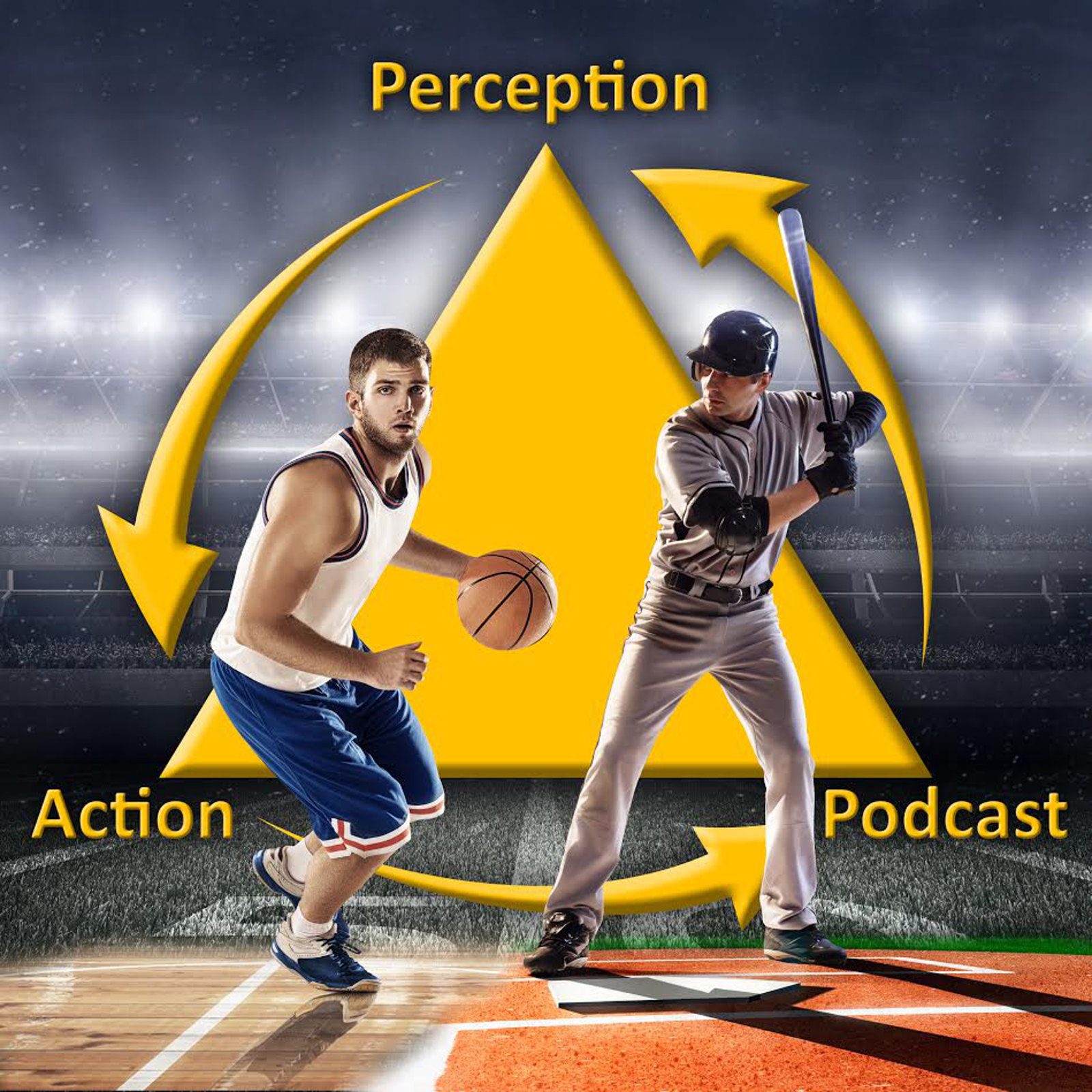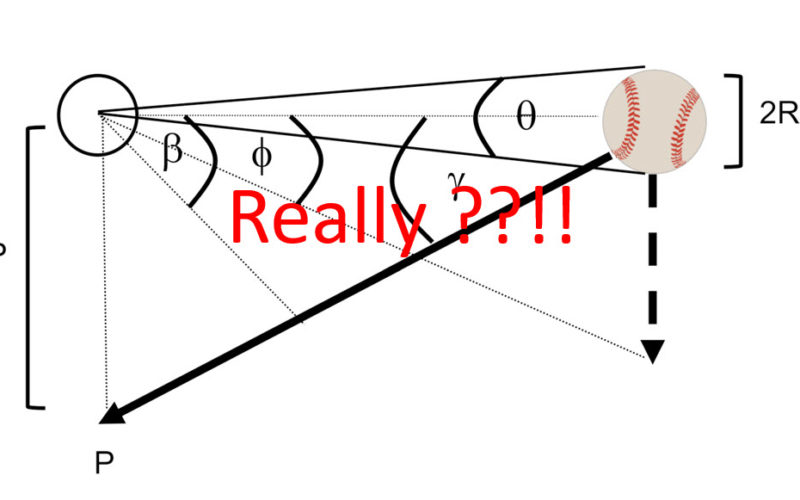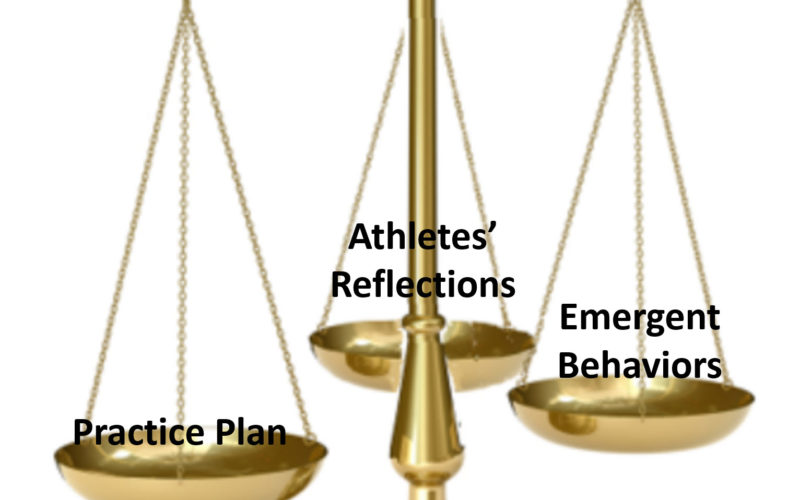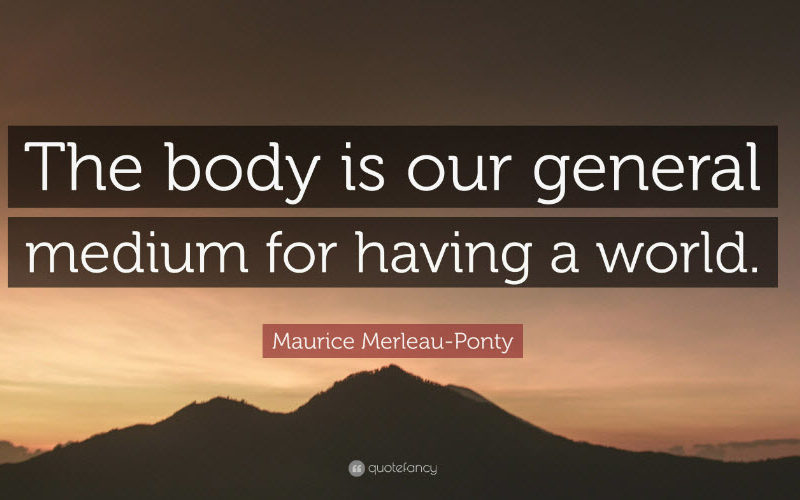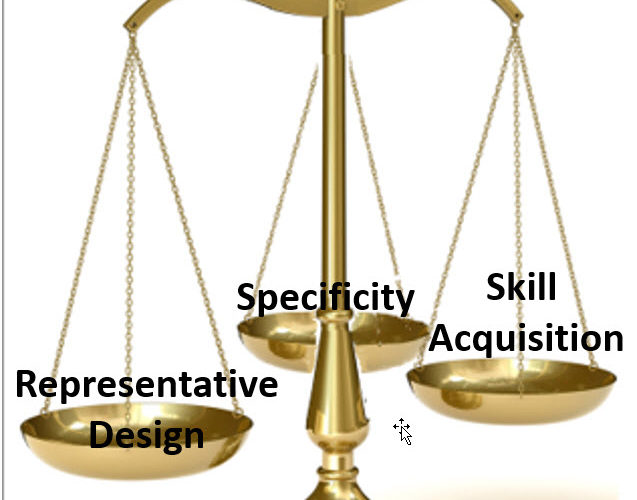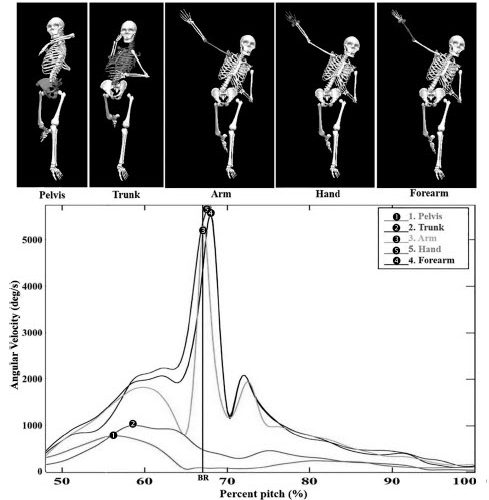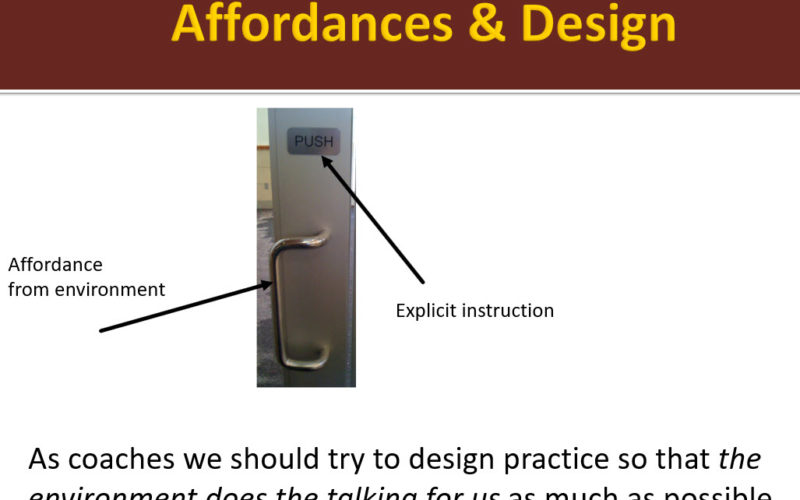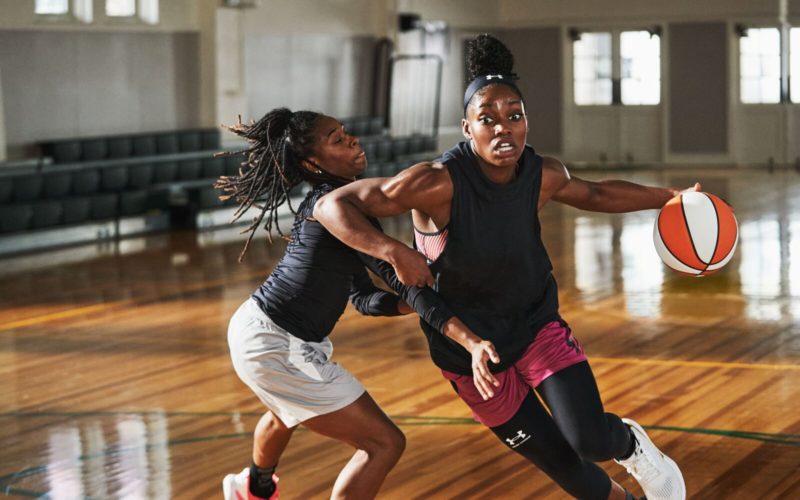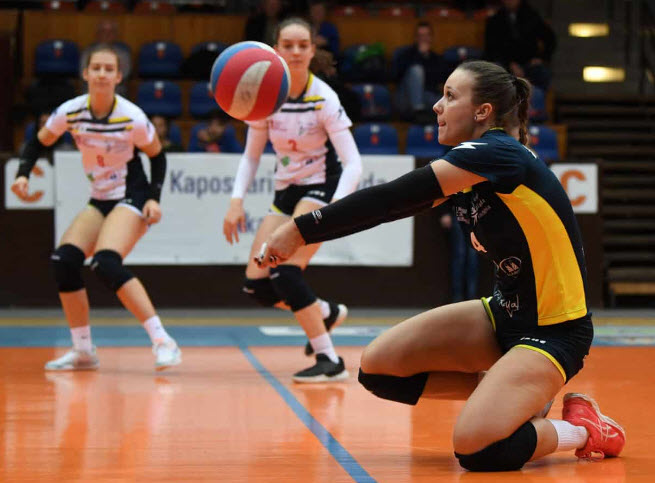430 – News and Notes
430 A few updates on what’s going on with me and the podcast. And an exciting announcement – my new book, the follow-up to How We Learn to Move, is here!Download link More information:Subscribe in iOS/AppleSubscribe in Android/GoogleMy Research Gate Page (pdfs of my articles)My ASU Web pagePodcast Facebook page (videos, pics, etc)Email: robgray@asu.edu Support…
Read More